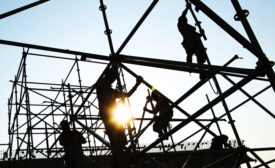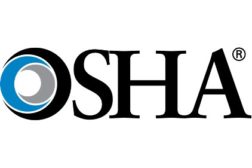Home » Keywords: » contractors
Items Tagged with 'contractors'
ARTICLES
Government contractors fined after workers burned in flash fire
Confined space, other violations
May 17, 2013
Two workers killed in Texas combustible dust flash fire
Multiple safety violations for three companies
February 22, 2013
Never miss the latest news and trends driving the safety industry
eNewsletter | Website | eMagazine
JOIN TODAYCopyright ©2024. All Rights Reserved BNP Media.
Design, CMS, Hosting & Web Development :: ePublishing









